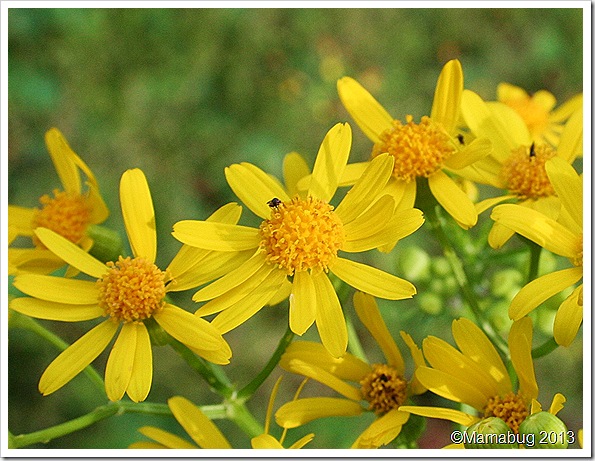New River Gorge National River officials announced yesterday that the Trail Development Plan - Phase One/Environmental Assessment (plan/EA) is now available for public review and comment.
The National Park Service proposes to develop new trails throughout areas of the northern half of the New River Gorge National River, from McCreery north to the park boundary on river left in accordance with decisions made in the park's approved General Management Plan. The plan/EA examines two alternatives. The NPS Preferred Alternative proposes developing trail segments of the Through Park Connector and outside links and implementing park protocols for current and future trail design and construction that would avoid and minimize adverse impacts to the park's natural and cultural resources. "Area residents, business owners, local officials, and organizational representatives are encouraged to review the plan, and comment on-line, by mail, or attend the Open House anytime between 4pm and 7pm and tell us what they think," said Acting Superintendent Debbie Darden.
"The public has expressed a great deal of interest in developing additional trail opportunities for both hiking and bicycling within the park. We invite the public's continued participation in this planning process by providing written comments and by attending the Open House at Canyon Rim Visitor Center," said Darden.
Open House: Thursday, March 21, 2013, anytime between 4-7pm, at the Canyon Rim Visitor Center, located off U.S. Route 19, just north of the New River Gorge Bridge.
The document can be viewed and public comments submitted in several ways:
On-line by clicking here .
Hard copies: Can be viewed at the Canyon Rim Visitor Center, Sandstone Visitor Center, and at the Park Headquarters in Glen Jean. Limited hard copies are available upon request. Send written requests to the address below or call 304.465.6527
Send written comments to:
NPS - New River Gorge National River
Attn: Superintendent; Comment on Trail Development EA
P.O. Box 246
Glen Jean, WV 25846-0246
Please submit comments on-line or by mail no later than April 5, 2013.
Jeff
Hiking in the Smokies
The National Park Service proposes to develop new trails throughout areas of the northern half of the New River Gorge National River, from McCreery north to the park boundary on river left in accordance with decisions made in the park's approved General Management Plan. The plan/EA examines two alternatives. The NPS Preferred Alternative proposes developing trail segments of the Through Park Connector and outside links and implementing park protocols for current and future trail design and construction that would avoid and minimize adverse impacts to the park's natural and cultural resources. "Area residents, business owners, local officials, and organizational representatives are encouraged to review the plan, and comment on-line, by mail, or attend the Open House anytime between 4pm and 7pm and tell us what they think," said Acting Superintendent Debbie Darden.
"The public has expressed a great deal of interest in developing additional trail opportunities for both hiking and bicycling within the park. We invite the public's continued participation in this planning process by providing written comments and by attending the Open House at Canyon Rim Visitor Center," said Darden.
Open House: Thursday, March 21, 2013, anytime between 4-7pm, at the Canyon Rim Visitor Center, located off U.S. Route 19, just north of the New River Gorge Bridge.
The document can be viewed and public comments submitted in several ways:
On-line by clicking here .
Hard copies: Can be viewed at the Canyon Rim Visitor Center, Sandstone Visitor Center, and at the Park Headquarters in Glen Jean. Limited hard copies are available upon request. Send written requests to the address below or call 304.465.6527
Send written comments to:
NPS - New River Gorge National River
Attn: Superintendent; Comment on Trail Development EA
P.O. Box 246
Glen Jean, WV 25846-0246
Please submit comments on-line or by mail no later than April 5, 2013.
Jeff
Hiking in the Smokies






































